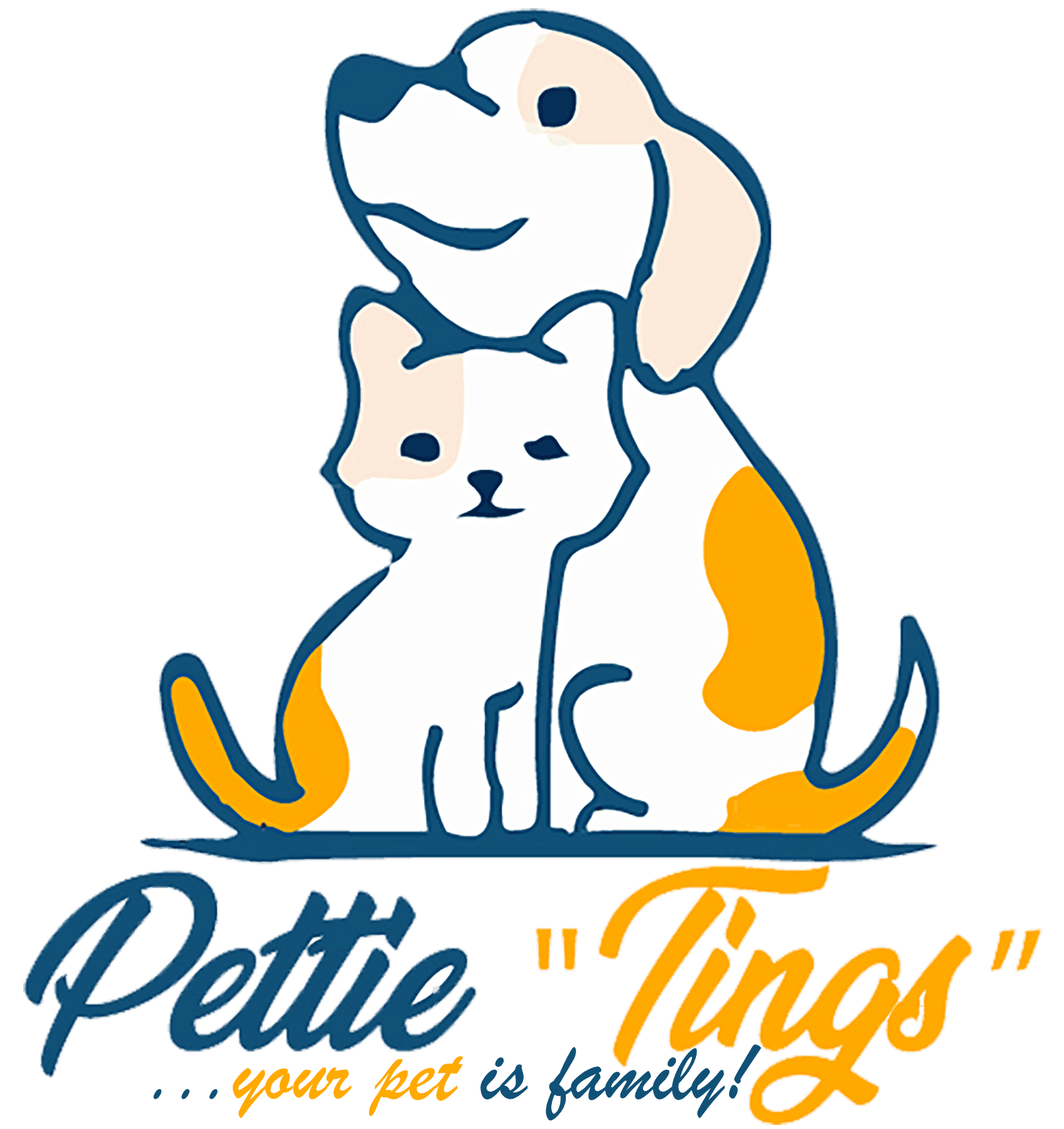Animal: Living organism that feeds on organic matter, typically having specialized sense organs and nervous system and able to respond rapidly to stimuli.
Pet: A domesticated or repressed animal kept for either bonding, or pleasure.
Cat: A small domesticated carnivorous mammal with soft fur, a short snout, and retractable claws. It is widely kept as a pet or for catching mice, and many breeds have been developed.
Rabies: A contagious and fatal viral disease of dogs and other mammals that causes madness and convulsions, transmissible through the saliva to humans. This disease is often transferred through bites from infected dogs or other mammals.
Titer Testing: Titer test (pronounced TIGHT er) is a laboratory test computing the existence and level of antibodies to disease in blood. Antibodies are produced when an antigen (like a virus or bacteria) irritates a response from the immune system.
Immunocompetence: An immune system that has the capabilities of mounting an appropriate response.
Vaccine: A substance used to stimulate the production of antibodies and provide immunity against one or several diseases, prepared from the causative agent of a disease, its products, or a synthetic substitute, treated to act as an antigen without inducing the disease
Veterinarian: A person qualified to treat diseased or injured animals.
Prescription: An instruction written by a medical practitioner that authorizes a pet parent to be provided a medicine or treatment.
Species: Any of the taxonomic groups into which a genus is divided, the members of which are capable of interbreeding: often containing subspecies, varieties, or races. A species is designated in italics by the genus name followed by the specific name.
IATA: International Air Transport Association.
LAR: The IATA Live Animals Regulations (LAR) are the worldwide standard for transporting live animals by commercial airlines. Whether it is a pet, an animal transported for zoological or agricultural purposes or for any other reason, the objective of the IATA LAR is to ensure that all animals are transported safely and humanely.
CITES: (the Convention on International Trade in Endangered Species of Wild Fauna and Flora) is an international agreement between governments. Its aim is to ensure that international trade in specimens of wild animals and plants does not threaten the survival of the species.
Neutered: Is a surgical procedure performed by a veterinarian to remove the testicles of an animal.
Microchip: A microchip is a permanent method of electronic identification. A microchip implant is an identifying integrated circuit placed under the skin of an animal, and is implanted subcutaneously (just under the skin) between the shoulder blades at the back of your pet’s neck.
Pet Trauma: Traumatic events that causes a pet to experience symptoms consistent with depression
Urine: This is formed in kidneys, flows through the ureters to the urinary bladder then flows through the urethra and the outside body.
Cystitis: Inflammation of the bladder
Nephrolith: Kidney stones
Infectious Disease: Is a living agent such as bacteria, virus, fungi and parasites that invades the body and cause illness that can be spread to other animals.
Vector: A living Organism that transmits diseases.
Morbidity: The number of sick animals within a given group.
Necropsy: An autopsy of an animal.
Purebred: One family line of a breed.
Dogs: A domesticated mammals that live all over the world.
Barks: The sharp explosive cry of certain animals, especially a dog, fox, or seal.
Aquarium: A transparent tank of water in which fish and other water creatures and plants are kept
Fish: A limbless cold-blooded vertebrate animal with gills and fins and living wholly in water:
Horse: A large plant-eating domesticated mammal with solid hoofs and a flowing mane and tail, used for riding, racing, and to carry and pull loads
Chicken: A domestic fowl kept for its eggs or meat, especially a young one: “rationing was still in force and most people kept chickens”
Hoof: The horny part of the foot of an ungulate animal, especially a horse:
Hygiene: Another important part of proper pet hygiene is keeping your pet’s ears clean. Most pet owners regularly bathe their pet to maintain their coat, but clean ears are just as important and should be part of your pet’s normal hygiene routine.
